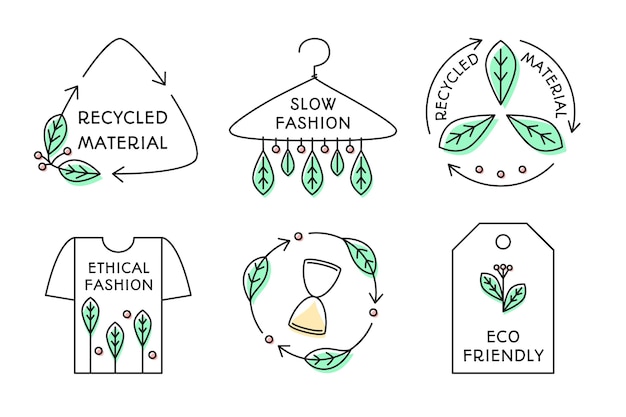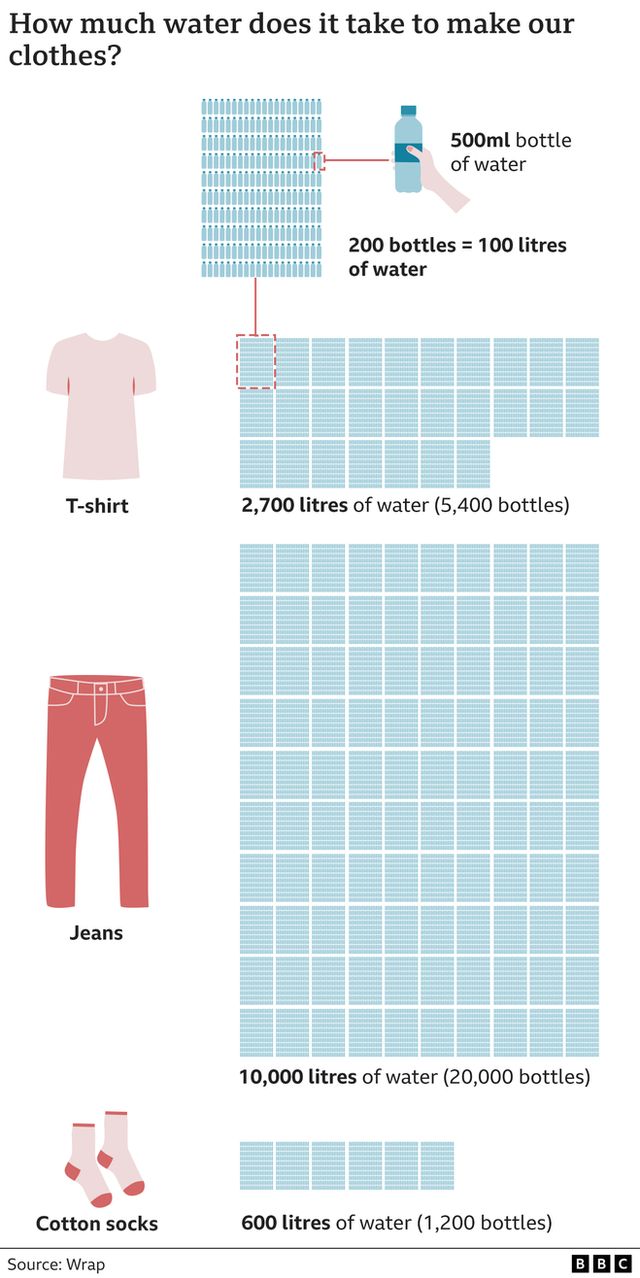Can Fast Fashion be sustainable?
Fast fashion is the opposite of sustainable fashion. They want to produce trendy clothes as fast as possible at the expense of a lot of sustainable things.
We all know the typical fast fashion brands. A high circulation speed, many changes in collections, many products for sale for relatively little money. In fact, over a hundred billion new garments are produced every year, of which 1/3 end up never being sold or worn and end up being shredded or burned. This sounds anything but sustainable. It is polluting and bad for nature and people.
The clothing industry in itself is the second (after oil) most polluting industry there is, where profit dominates (especially with the fast fashion companies). So fast fashion can never, ever be sustainable.
Fast fashion shouldn’t cost the earth.
Fast vs. Slow vs. Second hand vs. Recycled Fashion
The terms “fast fashion,” “slow fashion,” “second-hand” and “recycled” fashion. We’ve all heard the terms before but what exactly are the differences in them?

Let’s take look at them:
Fast fashion:
Fast fashion focuses on mass production, lower quality, lower prices, machine produced garments…
Slow Fashion:
Slow fashion garments are made by hand, takes time to produce, companies use artistic talents, have a higher quality and higher prices.
Second hand fashion:
Garments that have already been purchased by someone else. Whether the previous owner had already purchased this garment 2 months or 5 years ago and/or how many people before you have already purchased this piece does not matter. What does matter is that you are not the first owner of the piece.
Recycled fashion:
There are 2 types of recycled fashion: 1) scraps of fabrics from previous productions processed into a new garment 2) worn garments reworked into a new piece.
How is Fast Fashion destroying the planet?
As mentioned above, 1/3 of globally produced garments end up being shredded or burned because it is cheaper for the companies than effectively reusing or recycling the garments. The combination of the wasteful culture and the pollution in producing and destroying clothing is truly devastating to our globe.
Processing/dyeing fabrics requires water, lots of water, toxic dyes and chemicals. But where does that polluted water go? Fabrics today are also often made up in parts of polyester or synthetic materials. The microfibers, plastic particles, etc. in these end up in that water to process the fabrics. Water that eventually returns to rivers and oceans. When we wash our clothes, those microfibers also end up in our washing machine water, all of which affects our polluted ecosystem on a microscopic level. The ecosystem that we swim in, the we drink from, water that animals live in….
So you can definitely say that this fast fashion and disposable society is very polluting. Above that it is also extremely difficult to remove those microfibers from our ecosystem.
Exactly how much water is needed to make garments? I found the perfect image on bbc.com to give you an idea.

Why people don’t choose Fast Fashion anymore
The main reason is because the fashion industry has a major negative contribution to climate change. Something we have become very aware of and try to do our part in as much as possible. With clothing, we do that by being conscious about our purchases.
Some statistics:
- The fashion industry is responsible for 8% of global carbon emissions
- Fashion manufacturing companies are responsible for both land and water pollution
- The fashion industry is the second most polluting industry on the planet
- The fashion industry in itself is responsible for the use of 10 to as much as 20% of harmful pesticides
Another reason is because of the links to human rights, child labor, pollution, globalization…

How is it connected to:
– Child labour
The majority of workers in the garment industry work in deplorable conditions. They are required to work 14-16 hours a day, 7 days a week, and often have to endure both verbal and physical abuse. Then again, the textile industry often uses abusive child labor because it requires one to be low-skilled, allowing children to be employed at a younger age.
– The environment
Fabric processing involves up to 8,000 chemicals, some of which have been proven to be carcinogens. The workers are exposed to these carcinogens which they inhale 14-16 hours a day and they can injure themselves by skin exposure.
It is not only toxic for the work environment but as mentioned earlier also for our environment and ecosystem.
– Sustainability
The connection is basically that fast fashion is the opposite of sustainability and we are trying to work towards a sustainable society. If we want to fight for climate change and sustainable clothing, our fashion industry will have to change drastically.
– Pollution
Fast fashion is a big driver of pollution. 10 000 liters of water is needed to produce 1kg of cotton or about 3000 liters of water for 1 cotton shirt. So the amount of wasted water is huge. On top of that, there are textile dyes that contain toxic chemicals that eventually end up in the oceans and rivers, a process that is not reversible. By now I guess you will understand what my point is?!
– Globalisation
With a plethora of fashion trends, consumers benefit most from globalization. Shopping has become a hobby rather than a necessity, for some even something compulsive or an addiction. The globalization of fast fashion has created access for the extremely large amount of cheap labor. Zara is a great example of the globalization of fashion and the use of a global assembly line of fast fashion trends.

Image of textile dye dumped into ocean water by fast fashion companies taken by Greenpeace.
Feeling inspired? Are you curious on how to invest your part in to helping climate change and helping change the fashion industry for the better? Subscribe for our newsletter to keep posted for the next blog post.




